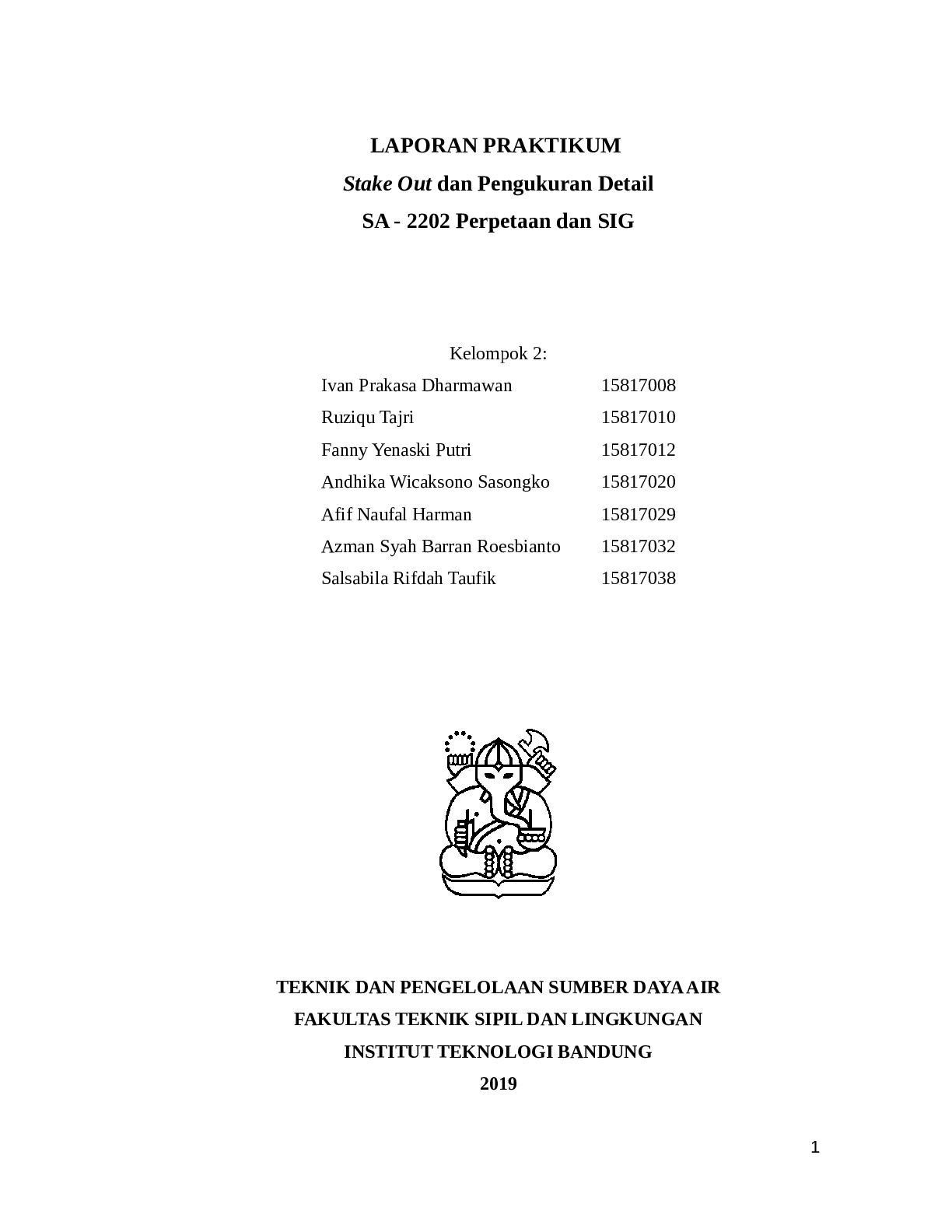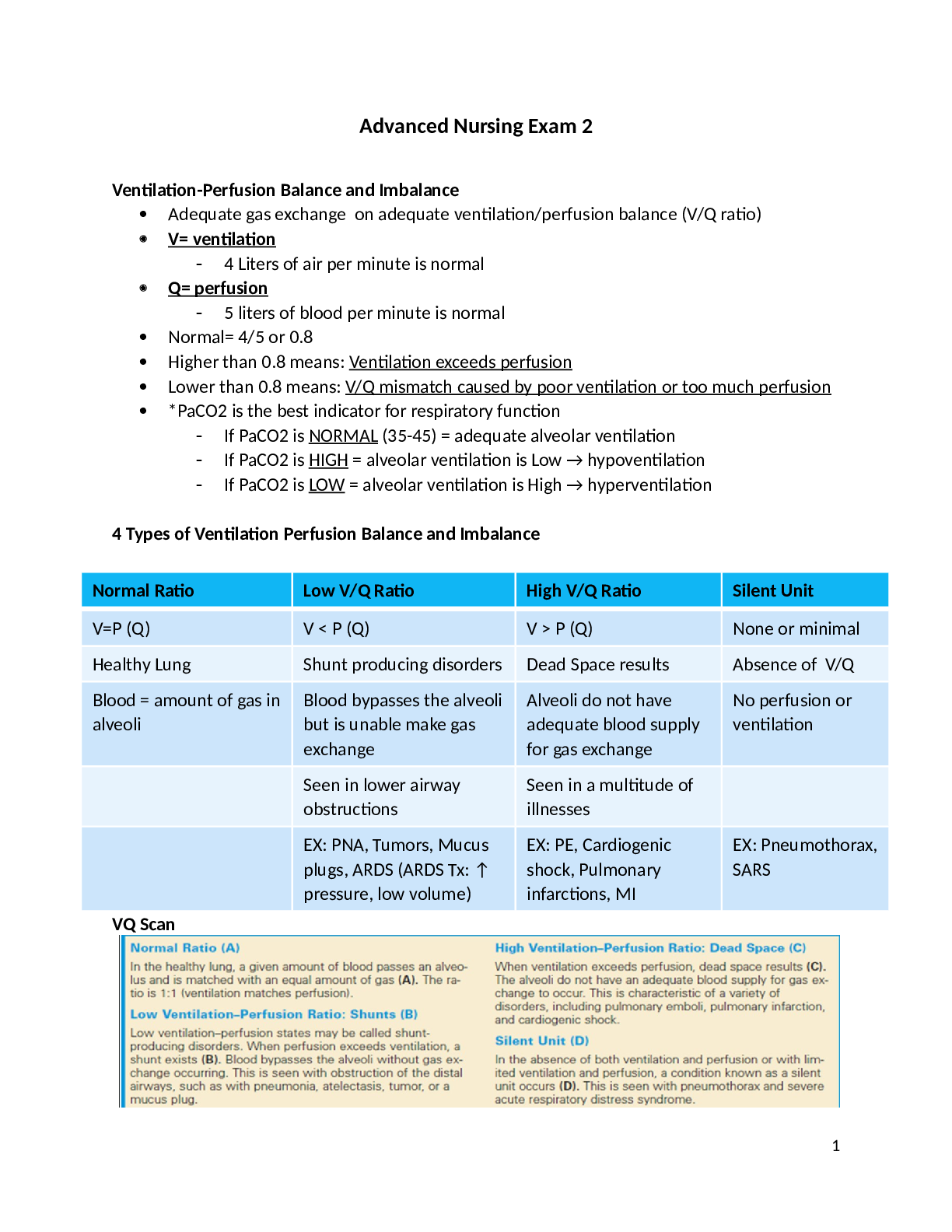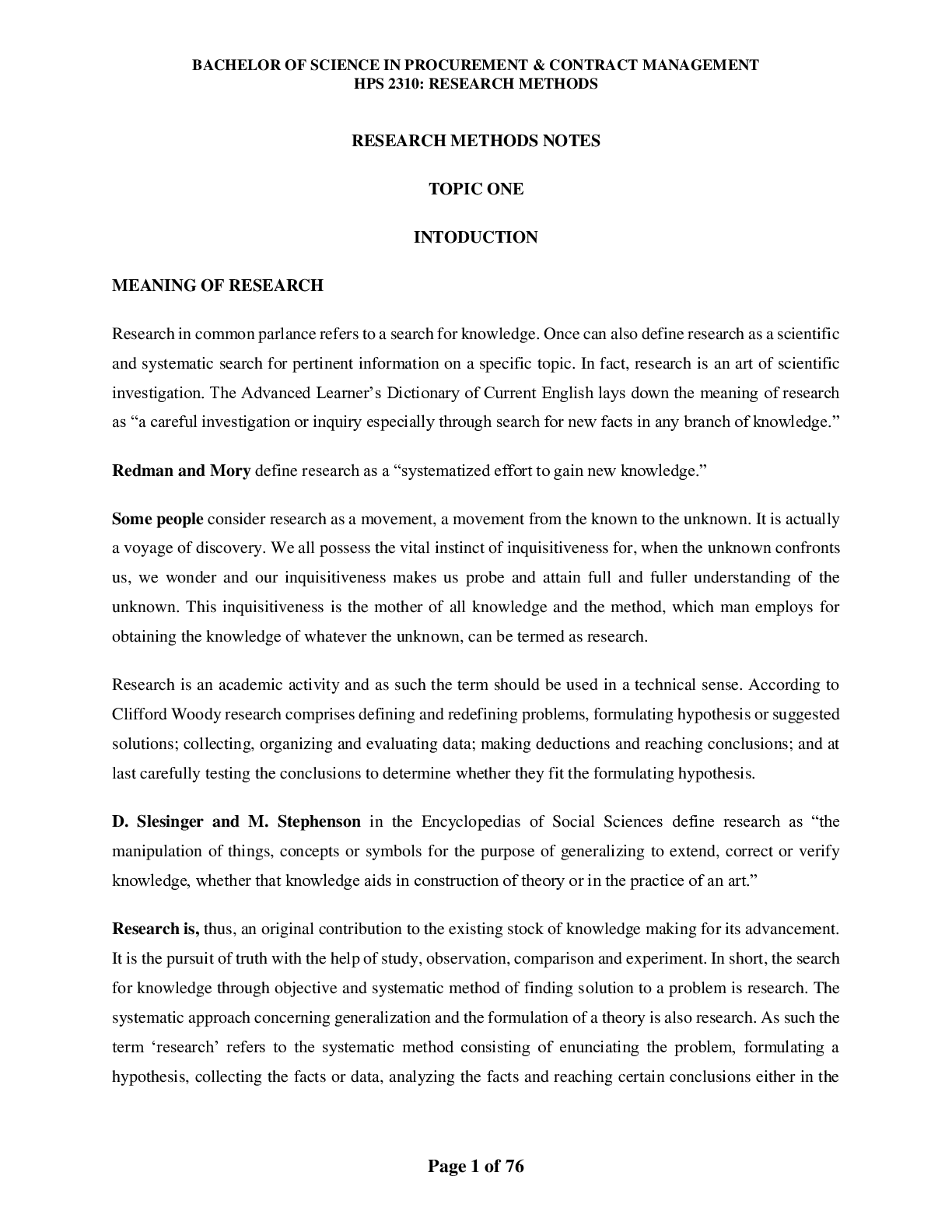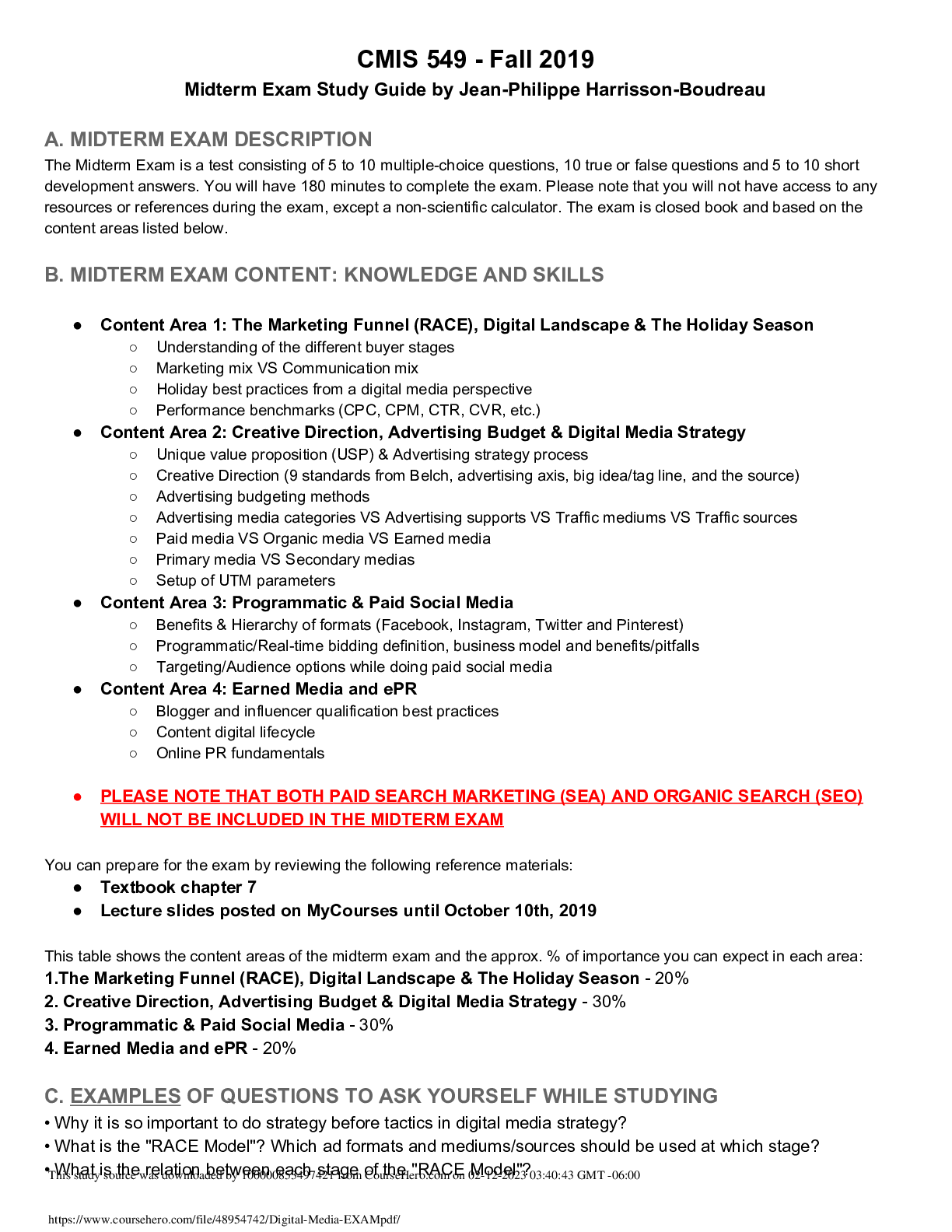Driving Course > STUDY GUIDE > Professor Yanique Edmond Alcohol in US Society (BEHS 364) Alex Grzyb Sunday March 10th, 2019 | Downl (All)
Professor Yanique Edmond Alcohol in US Society (BEHS 364) Alex Grzyb Sunday March 10th, 2019 | Download for quality grades |
Document Content and Description Below
1. Using the course materials only. Is there a safe limit of drinking while driving? At what levels of BAC have impairments been shown according to research? Describe how alcohol impairs the indiv... idual in three main functions. Name the learning resource that you used to answer this question. (5 points). There really is not a true safe limit for drinking while driving. Even if you are under the legal limit, if you are still drinking and driving it negatively affects your ability to be an adroit driver. You are still impaired, even if it is only slightly and would be better at driving if you did not consume any alcohol before driving. So even if your BAC is only at 0.02, it is still impairing you to some extent. Obviously, things can become calamitous if you get behind the wheel with a BAC of 0.08, 0.10 or higher and drive, but it seems that that the only truly safe BAC is 0.00 because impairment can be seen at any BAC that is above 0.00. Alcohol impairs the driving individual by leading to poor judgment while driving, violent and aggressive behavior while behind the wheel, and decreased faculty when it comes to information processing and perception while driving. The learning resource that I used Driving, Alcohol, and Drugs from the Encyclopedia of Drugs, Alcohol & Addictive Behavior. Ed. Pamela Korsmeyer and Henry R. Kranzler. Vol. 2. 3rded. Detroit, MI: Macmillan Reference USA, 2009. p34-38. 2. Describe two motivations of the prohibition movement to control alcohol consumption. The only accepted answers are those found in your course readings, min. one paragraph (5 points) The two main motivations behind the prohibition movement are due to the public perception regarding the atrophying effects of the saloon on family life, and the political corruption sponsored by the liquor trade. Regarding the saloon effecting family life, before the prohibition started, most drinking was done on-premise. So saloon were ubiquitous in big cities. They had a convenient location right by the factories so that working men could spend their pay before they headed home. So the money that they spent at the saloons meant less money to support their families. Plus, saloons led to other enticements besides beer and spirits. It included prostitution and gambling, too. Carrie Nation, who played a big role in the temperance movement, portrayed saloons as nefarious with her works where she enabled the vivid representation that women and kids were the victims of this wickedness. Regarding the political corruption aspect, saloons were usually “tied houses” that just served the products of the brewer or distiller who owned them. Not to mention, the owners forced the saloons to engage in promotion that exhorted heavy drinking. The alcohol industry also tried to circumvent or alter local regulations by being active in politics and bribing local officials. 3. Describe the role of the basal ganglia, the extended amygdala, and the prefrontrol cortex in the development of a substance use disorder (2 paragraphs max). Now, in one paragraph, how do these three structures contribute to the persistence of drug (alcohol) dependency. Cite references correctly with APA reference. (10 points; 3 paragraphs max [Show More]
Last updated: 2 years ago
Preview 1 out of 6 pages

Buy this document to get the full access instantly
Instant Download Access after purchase
Buy NowInstant download
We Accept:

Reviews( 0 )
$5.00
Can't find what you want? Try our AI powered Search
Document information
Connected school, study & course
About the document
Uploaded On
Dec 05, 2022
Number of pages
6
Written in
Additional information
This document has been written for:
Uploaded
Dec 05, 2022
Downloads
0
Views
69









.png)





